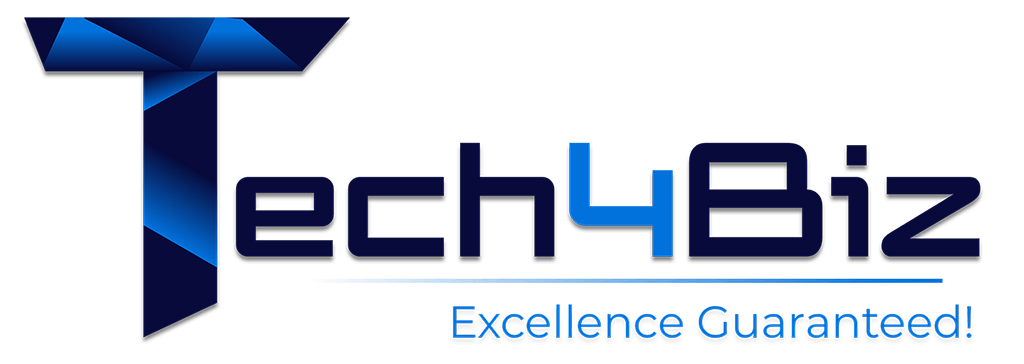
- November 26, 2024
- 10:28 am
DevSecOps: Integrating Security into Your DevOps Workflow
Introduction
In today’s fast-paced software development environment, security is often seen as a secondary concern, tackled after the development process is complete. However, this approach can lead to vulnerabilities, data breaches, and costly post-deployment fixes. To address these challenges, organizations are turning to DevSecOps, a methodology that integrates security directly into the DevOps workflow.
By incorporating security from the very beginning of the development lifecycle, DevSecOps ensures that security isn’t just an afterthought, but an integral part of every phase of development and deployment. In this blog post, we’ll dive into how to integrate security seamlessly into your DevOps process and make security a shared responsibility across the team.
What is DevSecOps?
DevSecOps is a fusion of development, security, and operations that aims to integrate security practices into every stage of the software development lifecycle (SDLC). Unlike traditional security approaches, where security is handled separately in a siloed manner, DevSecOps encourages collaboration between developers, security experts, and operations teams to build secure, resilient software continuously.
1. Shift Left: Prioritize Security from the Start
One of the core principles of DevSecOps is the concept of “shifting left.” This means incorporating security early in the software development process, rather than waiting until the end of the development lifecycle to perform security checks. By addressing security concerns from the outset, you can prevent vulnerabilities from ever being introduced into the codebase.
Key Actions:
- Early Threat Modeling: Identify potential threats and security vulnerabilities at the design phase. Use tools like OWASP Threat Dragon or Microsoft’s Threat Modeling Tool to map out risks.
- Secure Coding Practices: Encourage developers to follow secure coding guidelines and make use of static code analysis tools (e.g., SonarQube, Checkmarx) to identify security flaws early.
- Training and Awareness: Ensure that developers are trained on secure coding practices and are aware of the common vulnerabilities outlined in resources like OWASP Top 10.
Best Practices:
- Integrate static application security testing (SAST) tools into the IDE to catch security flaws during development.
- Automate code reviews using security linters to catch potential issues before the code is merged.
2. Automate Security with Continuous Integration and Continuous Delivery (CI/CD)
Security testing should be a part of every stage of the CI/CD pipeline. Automating security checks ensures that no security vulnerabilities make it through to the next phase of development or into production. By integrating security tools into the CI/CD pipeline, you can automatically detect, report, and even fix issues as they arise.
Key Actions:
- Security Automation in CI/CD: Integrate security tools like Dynamic Application Security Testing (DAST) or Interactive Application Security Testing (IAST) into the CI/CD pipeline. This allows security tests to be run automatically on every code commit or during build processes.
- Container Security: For applications running in containers, use container security tools like Aqua Security or Twistlock to scan Docker images and Kubernetes configurations for vulnerabilities.
- Dependency Management: Automate vulnerability scanning for dependencies and open-source components using tools like Snyk, Dependabot, or OWASP Dependency-Check.
Best Practices:
- Make security a mandatory check in the CI/CD pipeline; if any vulnerabilities are found, the code should not proceed to the next phase without remediation.
- Implement automated infrastructure-as-code security checks (e.g., Terraform, CloudFormation) to ensure secure cloud deployments.
- Continuously Monitor and Respond to Security Threats
Security doesn’t end with deployment—continuous monitoring is essential to identify potential threats and vulnerabilities in real-time. By continuously monitoring applications and infrastructure, you can detect and address security issues as they emerge.
Key Actions:
- Real-Time Monitoring: Set up real-time monitoring with security information and event management (SIEM) tools such as Splunk or ELK Stack to track suspicious activities.
- Log Analysis and Anomaly Detection: Enable detailed logging of application and system activities. Use AI-based anomaly detection tools to identify unusual behaviors that might signal a security breach.
- Incident Response Plan: Develop and test an incident response plan so that if a security issue occurs, your team knows how to act quickly to mitigate the damage.
Best Practices:
- Ensure monitoring tools cover every part of the infrastructure, including cloud services, servers, and containers.
- Implement automated incident response systems to minimize human error during security breaches.
4. Ensure Secure Configuration Management
Security can also be enhanced by making sure that the configuration of infrastructure and software is secure. Misconfigurations are one of the most common causes of security vulnerabilities.
Key Actions:
- Infrastructure as Code (IaC): Use tools like Terraform or Ansible to manage and automate infrastructure configuration, ensuring that security best practices are applied consistently.
- Secure Defaults: Apply the principle of least privilege to every system configuration, ensuring only necessary permissions are granted to users and services.
- Environment Hardening: Secure cloud environments by using tools like AWS Config, Azure Security Center, or Google Cloud Security Command Center to monitor and enforce security configurations.
Best Practices:
- Review and secure all default settings on applications and infrastructure before deployment.
- Use automated tools to check for misconfigurations or weak security settings.
5. Collaborate and Share Responsibility Across Teams
In a DevSecOps model, security is a shared responsibility. Developers, security teams, and operations must work closely together to ensure that security practices are embedded into every stage of the DevOps pipeline.
Key Actions:
- Cross-Disciplinary Collaboration: Foster collaboration between developers, security experts, and operations by using collaboration tools like Slack, Jira, and Confluence.
- Security Champions: Appoint “security champions” within development teams to advocate for security best practices and ensure that the security posture is continuously improved.
Best Practices:
- Hold regular meetings between development, security, and operations teams to review the current security posture and discuss improvements.
- Include security in sprint planning and code review processes, ensuring that security is a top priority.
6. Secure the Supply Chain
Third-party dependencies, libraries, and APIs can introduce vulnerabilities if not properly managed. Securing the software supply chain ensures that any external code used in your application is safe and trustworthy.
Key Actions:
- Supply Chain Security: Use dependency management tools to identify and remediate vulnerabilities in third-party libraries. Regularly scan dependencies for known vulnerabilities.
- API Security: Secure your APIs by using authentication methods such as OAuth, ensuring that all API calls are properly authenticated and authorized.
Best Practices:
- Use tools like OWASP Dependency-Check or WhiteSource to monitor for known vulnerabilities in dependencies.
- Regularly update third-party libraries and keep track of security patches.
Conclusion
Integrating security into every stage of the DevOps lifecycle through DevSecOps ensures that your applications are not only delivered faster but are also secure from the ground up. By shifting security left, automating security testing, continuously monitoring for threats, and fostering collaboration across teams, you can build secure, resilient software that stands up to evolving threats.
Incorporating security into your DevOps workflow doesn’t have to slow down development—it can enhance efficiency, reduce costs, and help avoid the costly consequences of security breaches. Adopting a DevSecOps approach is a proactive, modern way of building secure applications without compromising speed or quality.
Call to Action
Is your DevOps pipeline secure? Start by incorporating security into your daily workflows and making it a shared responsibility across your team. Embrace DevSecOps to build secure, scalable applications that can withstand modern security threats.
Hey
I'm Emma!

Lorem ipsum dolor sit amet, consectetur adipiscing elit. Ut elit tellus, luctus nec ullamcorper mattis, pulvinar dapibus leo.
